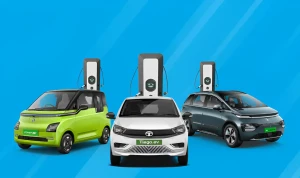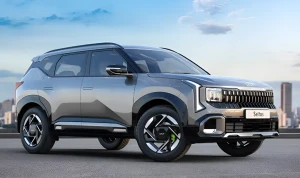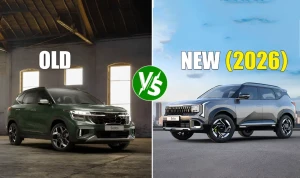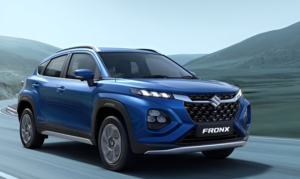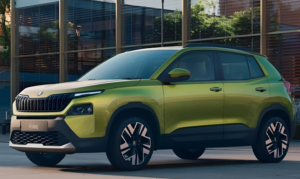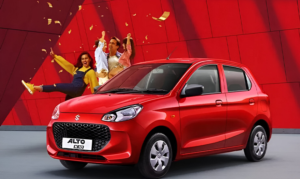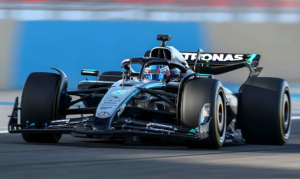Electric vs Petrol Cars – Ownership Costs Compared for 2025
- Data-backed breakdown of purchase, running, and maintenance costs for both EVs and petrol cars in India.
- Real-world 2025 numbers on fuel vs charging, depreciation, and total cost of ownership (TCO).

The electric vs petrol car cost has changed plenty in just a couple of years. Fuel prices keep getting taller, EV charging points are popping up in a lot more places, and government subsidies are leaving serious dents in sticker prices.
But when you strip away all this buzz, what do the numbers actually say?
Catch the latest launches and updates on CarOnPhone!How big is upfront price gap in 2025?
EVs still cost more to buy, yes. However, the price gap isn’t what it once was.
Consider Tata Nexon EV. After subsidies, you’re looking at approx. ₹14.5 lakh. Its petrol sibling? Around ₹8.15 lakh. Now, factor Delhi’s ₹10,000 per kWh rebate (capped at ₹1.5 lakh) and the lower GST rate of 5% for EVs (versus 28% plus cess for petrol), and suddenly the difference has shrunk to somewhere between ₹50,000 and ₹1.5 lakh.
So, while petrol cars still win on showroom price, the old “EVs are only for the wealthy” line is losing its punch — especially once you start counting running costs.
EV charging cost vs petrol price – who wins on running costs?
Here’s where EVs start pulling ahead. In 2025, petrol is hovering between ₹100 and ₹115 a liter across much of India.
A petrol SUV that manages 15 km/l will set you back about ₹6.7–₹7.6 per km in fuel. An EV using 0.15–0.20 kWh/km, charged at home for ₹8–₹10 a unit, works out to just ₹1.2–₹2 per km.
Drive 12,000 km in a year and you’re looking at:
- Petrol car: approx. ₹84,000/year in fuel
- EV (home charging): approx. ₹21,600/year
- Savings: approx. ₹60,000+ every year. That’s approx. ₹3–3.5 lakh over five years
Even if you rely on public fast chargers (₹18–₹25/unit), EV vs petrol car mileage cost still favors electric.
Petrol car vs electric maintenance – is it really that different?

It is. EVs skip engine oil changes, clutch replacements, spark plug swaps — and they’ve got fewer moving parts to go wrong in the first place.
Five-year ballpark:
- EV: approx. ₹25,000 total (₹4k–₹6k/year)
- Petrol: approx. ₹75,000 total (₹10k–₹15k/year)
Also, regenerative braking means your brake pads can last years longer in an EV. This can prove especially beneficial if most of your driving is done within city limits.
Electric vs Petrol Cars: Depreciation and Resale Value
A few years ago, EVs took a bigger hit on resale because of battery worries. That’s changing.
In 2025, a Nexon EV holds onto approx. 50% of its value after five years, compared to approx. 60–65% for a Hyundai Creta petrol.
With battery warranties now stretching to eight years and more buyers open to second-hand EVs, the gap is closing.
TCO electric car India – 5-year bottom line
Here’s how the numbers stack up for a mid-size SUV over five years (12,000 km/year, home charging):
| Cost Head | Petrol Car | Electric Car |
|---|---|---|
| Purchase (after incentives) | ₹15 lakh | ₹16 lakh |
| Fuel/Charging | ₹4.4 lakh | ₹0.8 lakh |
| Maintenance | ₹0.75 lakh | ₹0.25 lakh |
| Depreciation | ₹6 lakh | ₹9 lakh |
| Total Cost | ₹26.4 lakh | ₹27.8 lakh |
On paper, petrol slightly edges out in total spend. But if you drive more than 15,000 km a year or manage to get low-cost home solar charging, an EV can tip the budget-scales in your favor.
Electric vs Petrol Cars: Final verdict for 2025
If you’re after the lowest upfront price and you’re sure you won’t rack up big mileage figures, then petrol still makes sense.
But if you’re on the road a lot, want to slash running costs, and prefer to insulate yourself from fuel price spikes, an EV is now a very real contender — not just a clean-green badge of honor.
The electric vs petrol car cost gap isn’t a canyon anymore. It’s become a balancing act between driving habits, charging options, and how people weigh long-term savings against that first big payment.
Tags:
CarOnPhone is your one-stop destination to see all upcoming cars, latest cars, released cars, and EV Cars, and compare Cars in all Car Brands. Stay tuned and follow us to update yourself on the automotive world.

